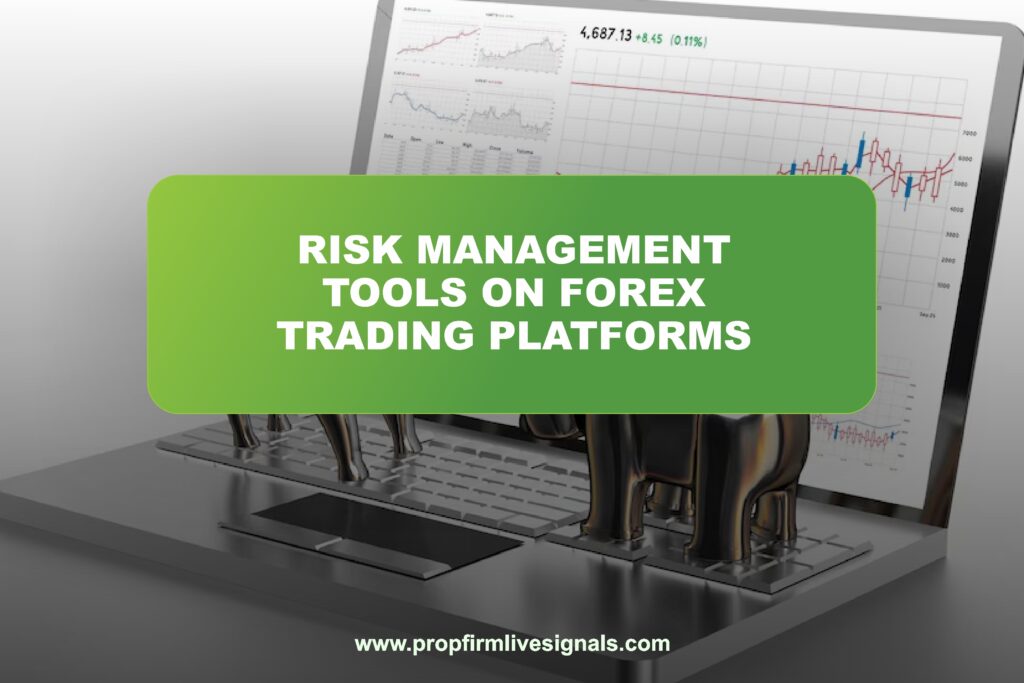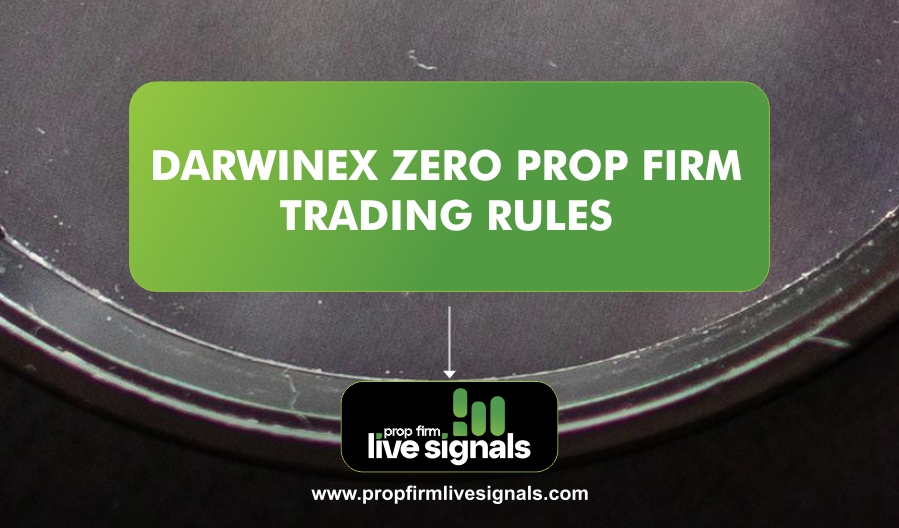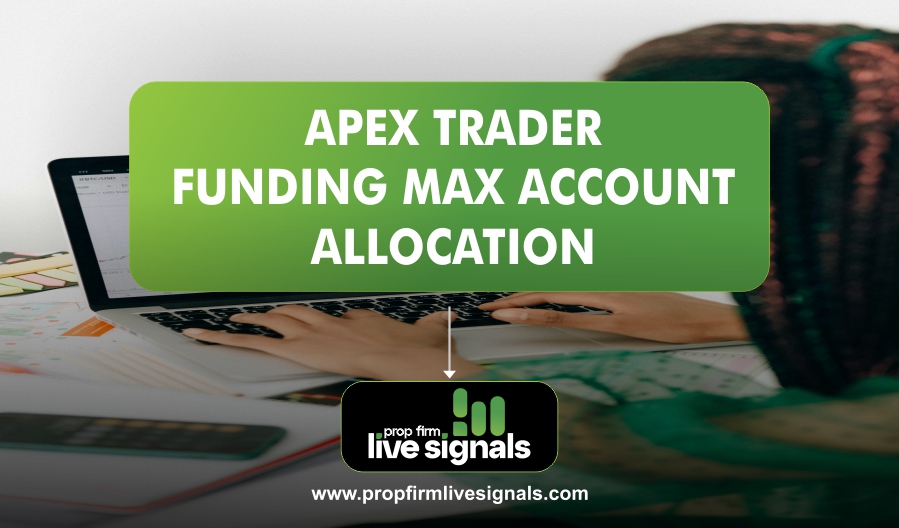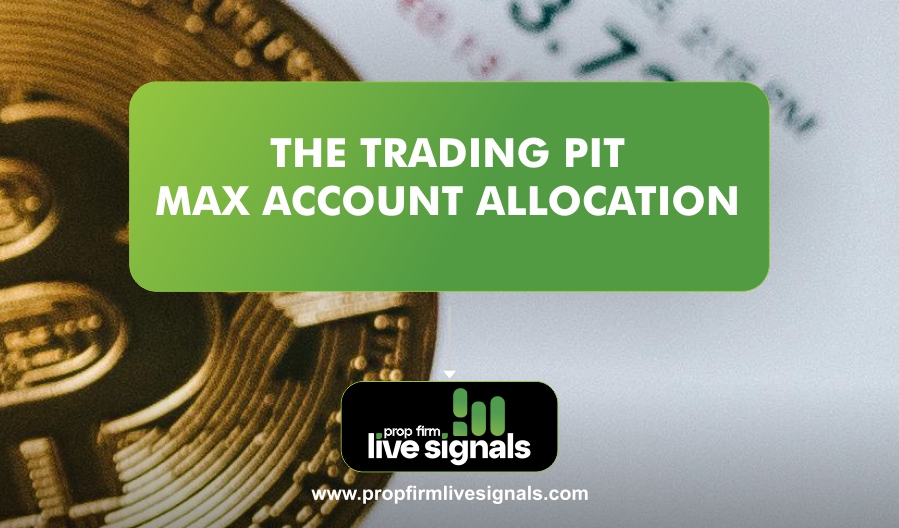In such a fast moving world, Forex price movements can be unpredictable; well defined risk management strategies are of utmost importance.
Risk management allows traders to limit their losses, protect profits, and ultimately achieve long-term success. With the various tools made available through Forex trading platforms, informed decisions can be made to minimize risk and control exposure to volatile markets.
This article looks at the main risk management tools that most Forex trading platforms will carry, how they work, and how to use them to your advantage to maximize your trading experience.
Risk Management Tools
Effective risk management is crucial for successful trading, and various tools and strategies can help traders manage risk, protect capital, and lock in profits. Here’s an integrated overview of key risk management tools:
1. Stop Loss and Take Profit Orders
Stop loss and take profit orders are fundamental tools for every forex trader. A stop loss order automatically closes a trade once the price reaches a predetermined level, which limits potential losses and eliminates emotional decisions. This prevents huge losses that might be incurred in case of volatility.
For example, if you go long on GBP/USD at 1.3500 and place a stop loss at 1.3450, your trade will be automatically closed at that price level, ensuring you never lose more than what you are comfortable losing.
A take profit order closes the trade at a target price for the purpose of securing a profit. It removes the temptation of greed and allows you to lock in profits when the markets are highly volatile. As an example, if you attach a take profit to GBP/USD at 1.3600, your trade will be automatically closed once that price is reached.
2. Trailing Stop Orders
A trailing stop is a dynamic version of a stop loss that follows the market price by locking in your profits as the trade goes in your favor.
Example: If you go long on GBP/USD at 1.3600 with a 50-pip trailing stop, it will only move upwards if the price goes up. If the market goes up to 1.3650, your trailing stop will automatically move to 1.3600 and lock in a 50-pip profit in case of a reversal. In this way, you can grab more profit with limited risk.
3. Position Sizing and Leverage Control
Position sizing determines how much of an asset to trade based on your risk tolerance and account size. Using the right position size helps balance risk and ensure capital preservation.
Leverage, while offering the potential for higher returns, also increases both risk and reward. Ensuring proper leverage and position sizing is crucial for effective risk management.
4. Risk/Reward Ratio
The risk/reward ratio is used to determine if the potential return is justified in relation to the risk taken on a trade. A 1:2, for example, means you are risking 1 unit of capital for a potential gain of 2 units.
A good risk/reward ratio will assist in ensuring long-term profitability even though some trades will be in a loss.
5. Hedging Strategies
Hedging means to open an opposite position to protect yourself from potential unfavorable market movement.
As an example, when one goes long on GBP/USD, he may well open a short position in case of the market moving against him. In doing so, he reduces his potential risk but also limits his gain. Hedging provides flexibility, especially during volatile market conditions.
6. Margin Calls and Stop-Out Levels
Understanding margin calls and stop-out levels helps you in account protection. Margin calls the term applied when your account equity decreases and goes below the required margin, in which case you are called to deposit more funds into your account.
If further decline in equity happens, then a stop-out level will automatically close all your positions. This happens to protect your account against catastrophic losses.
7. Risk Management Software and Volatility Indicators
This can be supported from many trading platforms and third-party software that have developed tools for supporting risk management, such as risk calculators, position sizing tools, and risk-reward ratio calculators.
These tools help traders make informed decisions based on their risk appetite. Additionally, volatility indicators like the Average True Range (ATR) help assess market volatility, allowing traders to adjust their risk management strategies accordingly. For example, if ATR shows higher volatility, you may increase your stop loss or decrease your position size to accommodate larger price swings.
8. Trade Journaling Software
Keeping a trading journal is important for any long-term success. It allows the traders to analyze past trades by identifying patterns and learning from both successful and unsuccessful positions.
There are several software applications designed with the express purpose of logging trade details, including but not limited to entry/exit points, risk management strategies, and rationale involved in the decision-making process. Such ongoing analysis thus helps them refine their methods over time and avoid repetitive mistakes.
Want to take your trading to the next level?
Take advantage of our LiveSignals, your go to resource for dependable, real-time trading signals, you can eliminate uncertainty from trading.
Propfirmlivesignals is the answer to your constant success in the markets!
You will always be on top of your game with expert analysis and real-time updates. Never let this chance slip away to supercharge your trading journey.
More Info Click here.
Frequently Asked questions (FAQs)
What is risk management in Forex trading?
- Risk management in Forex trading refers to the strategies and tools traders use to protect their capital from significant losses while maximizing their chances of success. It involves setting parameters such as stop losses, position sizing, and leverage control to minimize the impact of unfavorable market movements.
Why is risk management important in Forex trading?
- Risk management is crucial because the Forex market can be volatile, with prices fluctuating rapidly. Without proper risk management tools in place, traders are exposed to the risk of significant losses that can wipe out their accounts. Using risk management tools helps protect profits, prevent excessive losses, and maintain consistent profitability.
Are risk management tools able to guarantee profits?
- No, risk management tools cannot guarantee profits. They are designed to minimize losses and protect capital, but they cannot eliminate the inherent risks of trading. Successful trading requires a combination of risk management, market analysis, and strategy execution. By effectively using risk management tools, traders can improve their chances of profitability over the long term.
How can I avoid emotional decision-making with risk management?
- Risk management tools, such as stop losses and take profits, help take the emotion out of trading by setting predefined levels at which trades are automatically closed. This removes the temptation to hold onto losing positions or to exit winning trades too early. By sticking to a plan and using these tools, traders can make more objective decisions based on their strategy rather than emotions.




